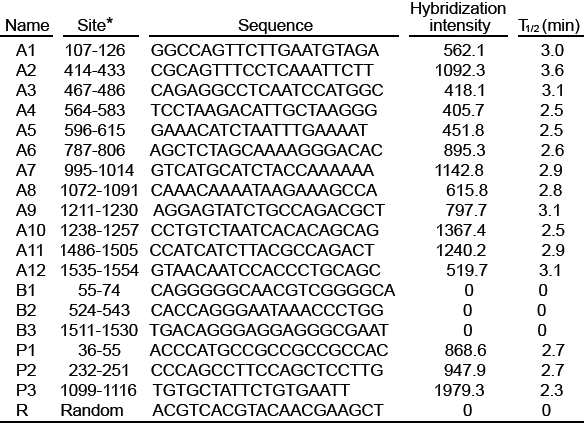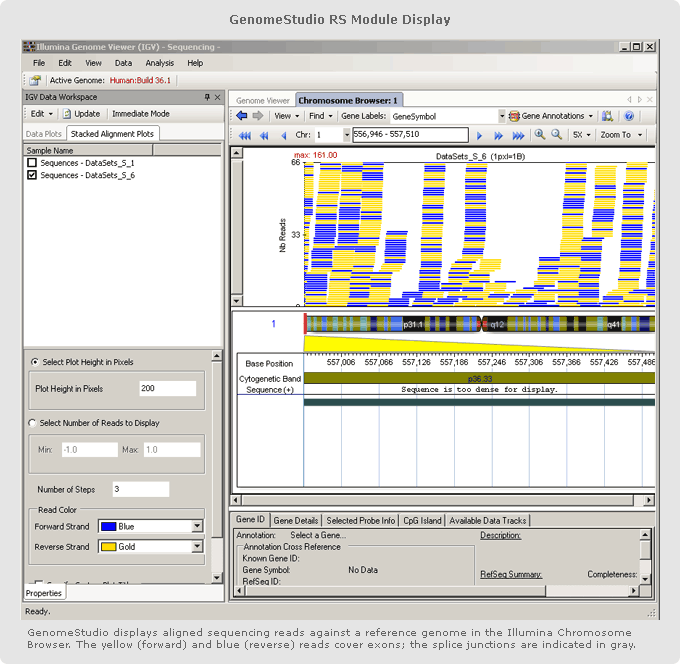Mrna Sequence
The information
in your genes (DNA) is copied to mRNA in the form of a code defined by a
sequence of nucleotides. During protein synthesis, ribosomes move along
the mRNA molecule and "read" its sequence three nucleotides at a time (three
nucleotides; aka a codon). Each amino acid in the protein is specified by
the codons of mRNA. Since RNA is constructed from four types of nucleotides,
there are 64 possible triplet sequences or codons (4x4x4). Three of these
possible codons specify the termination of the polypeptide chain. They are
called "stop codons". That leaves 61 codons to specify only 20 different
amino acids. Therefore, most of the amino acids are represented by more
than one codon.MicroRNA sequencing (miRNA-seq), a type of RNA-Seq, is the use of next-generation sequencing or massively parallel high-throughput DNA sequencing
to sequence miRNAs. miRNA-seq differs from other forms of RNA-seq in
that input material is often enriched for small RNAs. miRNA-seq allows
researchers to examine tissue specific expression patterns, disease
associations, isoforms of miRNAs, and to discover previously
uncharacterized miRNAs. Evidence that dysregulated miRNAs play a role in
diseases such as cancer[1]
has positioned miRNA-seq to potentially become an important tool in the
future for diagnostics and prognostics as costs continue to decrease.
















No comments:
Post a Comment